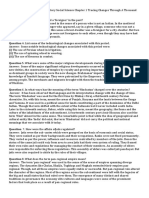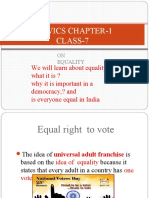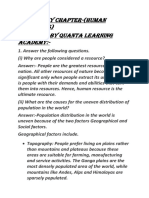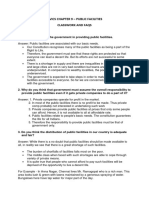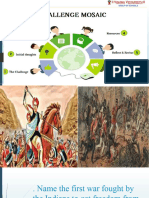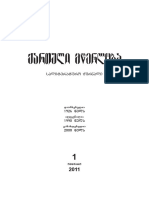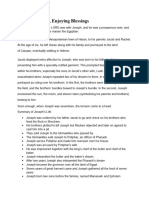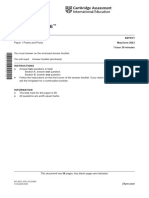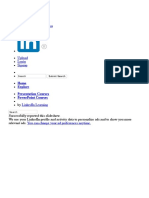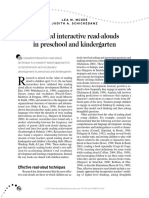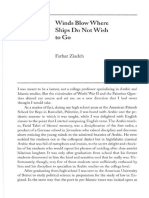0% found this document useful (0 votes)
2K views7 pagesCH 4 Timeline and Sources of History (Notes)
The document discusses the study of Earth's history and human past, highlighting the roles of geologists, palaeontologists, anthropologists, and archaeologists. It explains how time is measured through various calendars, particularly the Gregorian calendar, and introduces the concept of timelines and their significance in understanding historical events. Additionally, it outlines different sources of history, the challenges historians face, and the evolution of early human societies.
Uploaded by
nurturingwishdomsaiacademyCopyright
© © All Rights Reserved
We take content rights seriously. If you suspect this is your content, claim it here.
Available Formats
Download as PDF, TXT or read online on Scribd
0% found this document useful (0 votes)
2K views7 pagesCH 4 Timeline and Sources of History (Notes)
The document discusses the study of Earth's history and human past, highlighting the roles of geologists, palaeontologists, anthropologists, and archaeologists. It explains how time is measured through various calendars, particularly the Gregorian calendar, and introduces the concept of timelines and their significance in understanding historical events. Additionally, it outlines different sources of history, the challenges historians face, and the evolution of early human societies.
Uploaded by
nurturingwishdomsaiacademyCopyright
© © All Rights Reserved
We take content rights seriously. If you suspect this is your content, claim it here.
Available Formats
Download as PDF, TXT or read online on Scribd
/ 7



